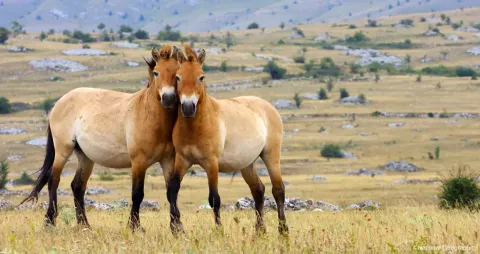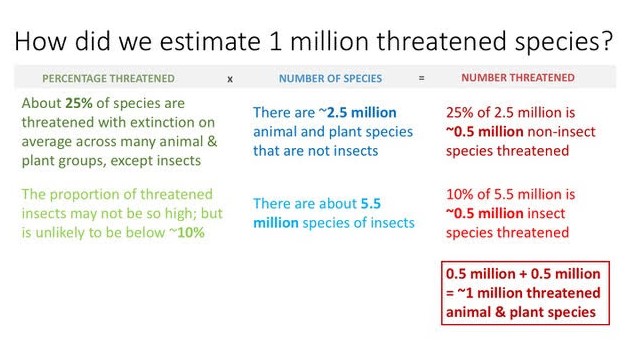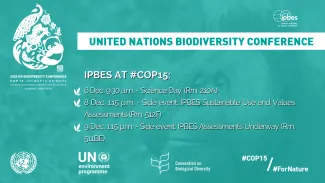
How did IPBES Estimate '1 Million Species At Risk of Extinction' in #GlobalAssessment Report
Explanatory Note by Dr. Andy Purvis,
Coordinating Lead Author of the IPBES Global Assessment Report on Biodiversity and Ecosystem Services,
Biodiversity researcher, Natural History Museum, and Professor, Imperial College, London
How did IPBES estimate 1 million species threatened with extinction?
Around 1.7 million species of animal and plant have been given scientific names, but this number grows by about 10,000 each year as additional species are recognized and described for the first time (i.e., they’re new to science, but haven’t just newly evolved).
We know many more species still remain to be discovered, but don’t know exactly how many. Several different approaches have been used to estimate the actual total. None of these methods is perfect. They give a very wide range of answers – from 3 million to over 100 million. Most of the more recent estimates based on thoughtful approaches are in range of 5-20 million.
For the IPBES Global Assessment, we used an estimate from a paper published by Mora et al. in 2011 (https://journals.plos.org/plosbiology/article?id=10.1371/journal.pbio.1001127), of 8.1 million animal and plant species.
We chose this one because it was towards the lower end of the reasonable range (so our results would tend to be conservative), was based on a clear methodology (outlined below), and was applied to marine as well as terrestrial diversity.
Because the proportion of species that are threatened differs between insects and the rest, we also needed to know how many species are insects. We used an estimate that 75% of animal species are insects, from a global compendium in 2009.
How it works
The method used by Mora et al. uses a regularity in the structure of taxonomic classifications. Species are classified hierarchically into genera, families, orders, classes and phyla. In groups where hardly any new species are being discovered (suggesting we’ve found them), there’s a consistency in the ratios between successive levels in the hierarchy.
In other words, if you know the how many families each order has on average within this particular taxonomic group, you can make a good estimate of how many genera each family will have on average, and how many species each genus will have on average. Having used the well-described groups to validate the approach, the researchers then applied it to estimate the numbers of orders, families, genera and species there will be when taxonomic description is complete.
Why it might be conservative
Genetic data are showing that many of the species we recognise at the moment actually contain multiple – often many – lineages that have not exchanged genes with each other for a very long time (sometimes millions of years). These could be called species, and would increase the numbers considerably (this is where the estimates over 100 million mostly come from). Doing so would increase not only the number of species that are threatened but also the proportion, because many of the newly-recognised species would have very narrow distributions making them more likely to meet the Red List criteria for being threatened.
The estimate of 1 million threatened animal and plant species
Averaged across the increasing number of taxonomic groups of animals and plants that have had IUCN Red List assessments, about 25% of species are threatened. But the sparse data for insects so far suggest it might be lower – estimates range from 10%-15% - so we used a figure of 10% that might turn out to be conservative. If insects are three quarters of animal and plant species, there are 5.5 million of them, of which 10% are threatened (so, more than half a million insect species are threatened). If 25% of the other 2.6 million species are threatened, that’s more than half a million non-insect species threatened.

Subsequently, IUCN welcomed the publication of the Global Assessment Summary for Policymakers: www.iucn.org/news/global-policy/201905/iucn-welcomes-intergovernmental-platforms-assessment-biodiversity-and-ecosystem-services and specifically said: “IUCN Red List data may be used to inform a wide variety of applications, including ‘Guiding scientific research’ […] The IPBES Global Assessment of Biodiversity and Ecosystem Services is a good example of such use. Thus, while IUCN cannot provide an overall estimate of how many of the planet's species are threatened (doing so is beyond the mandate of the IUCN Red List), it is appropriate for scientific researchers, such as IPBES assessment authors, to do so.”






